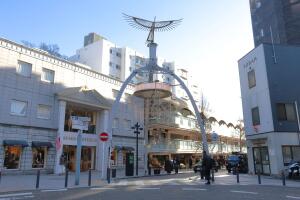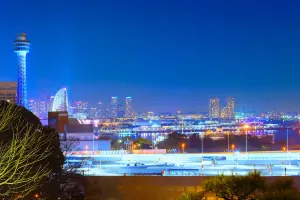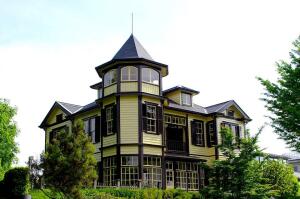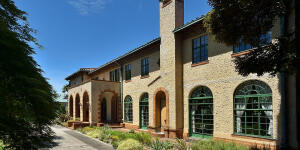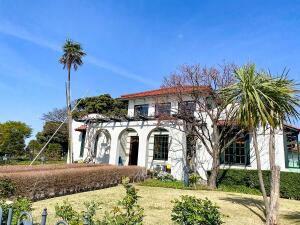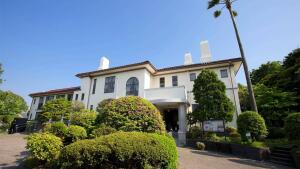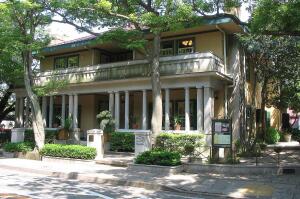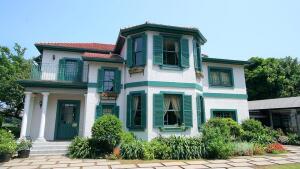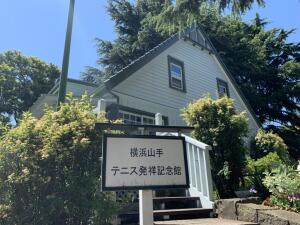Motomachi-Chukagai Station (8 minutes, 230 yen from Yokohama Station) on the Minato Mirai Line is right next to the northern end of Motomachi Shopping Street and Harbor View Park. Ishikawacho Station (7 minutes, 170 yen from Yokohama Station) on the JR Negishi Line is closer to the southern end of Motomachi Shopping Street.
The Akaikutsu Loop Bus connects the northern Yamate district to other spots in central Yokohama. A single ride costs 220 yen, or you can get a day pass for 600 yen.
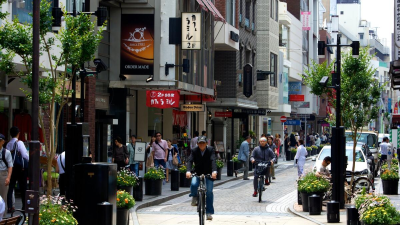




Yamate and Motomachi
Yamate and Motomachi are steeped in history, offering a glimpse into Yokohama's past when foreign traders were first allowed to settle in Japan during the late Edo period. The Yamate area, also known as "The Bluff," became a residential area for many Westerners, and while much of its heritage was lost in the Great Kanto Earthquake, several historical remnants remain. Visitors can explore a number of well-preserved Western-style homes, many of which are now museums or open to the public. Bluff No. 111, for example, provides a fascinating look at the lifestyle of early Western residents. Harbor View Park, located nearby, offers breathtaking views of the Yokohama Bay Bridge and the surrounding waterfront, making it a perfect spot to relax and take in the scenery.
At the base of the hills lies Motomachi, a charming shopping street that once catered to the first foreign residents. This pedestrian-only street is lined with elegant shops, quaint cafes, and fine dining restaurants, exuding a European flair. A short walk from Motomachi, the Foreigners' Cemetery, established in 1854, offers an intriguing historical experience. With over 4,200 graves, it provides visitors with insights into the lives of Yokohama's early international residents. The cemetery’s inscriptions and the accompanying museum offer a deeper understanding of the city’s multicultural history and its role as a gateway to the outside world.
